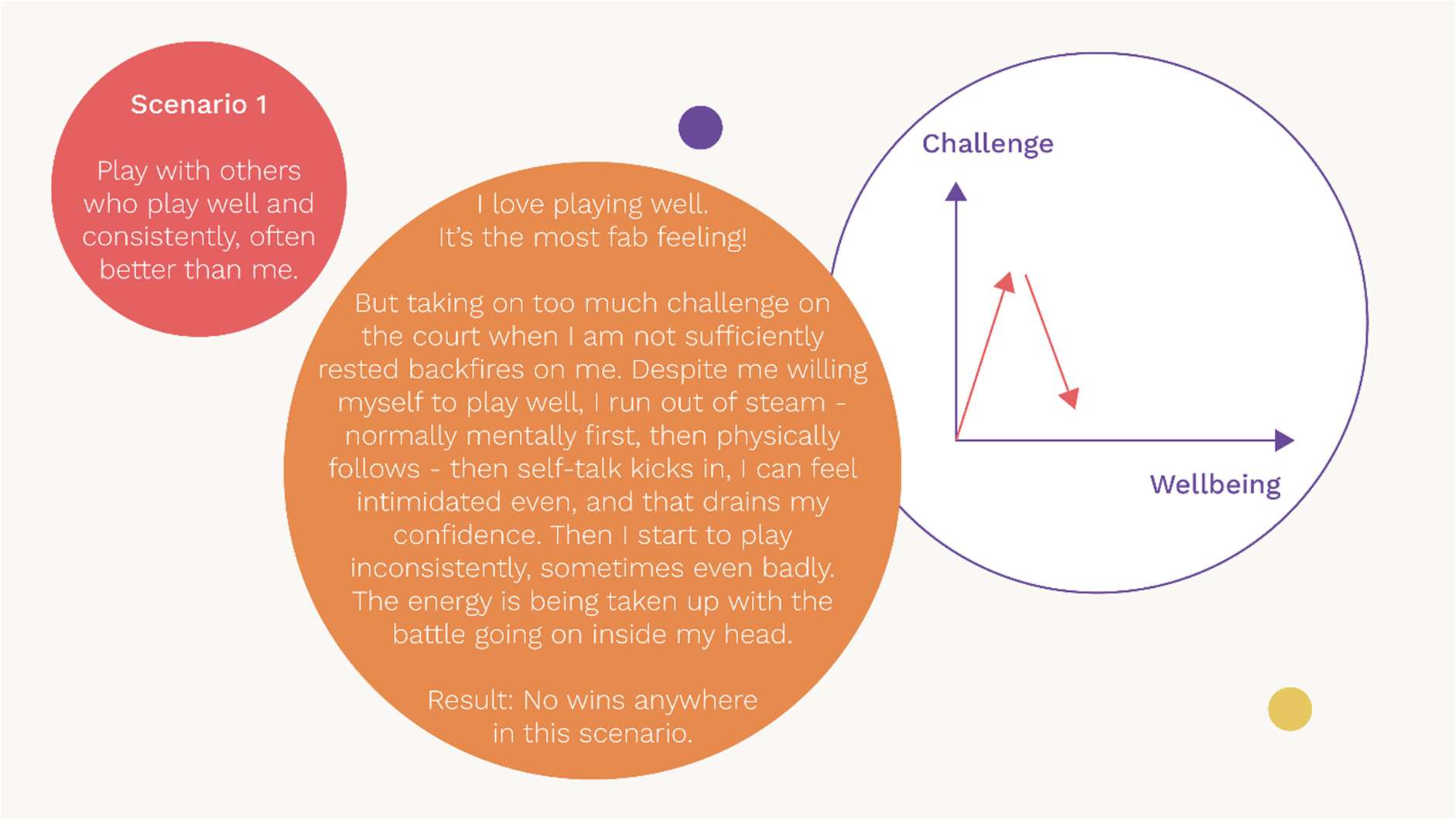Resting Boosts Productivity
I wonder what your relationship is like to resting? As a part of wellbeing?
If you are drawn to Bounceback resilience, that punch-through-the-challenge kind of stuff, it is possible you have a complex set of thoughts around resting. Whilst you may know it’s good for you, you just can’t help yourself but remain busy – even with the opportunity to sit down and take a moment, you end up being busy finishing those ten jobs, or doing stuff around the house or running around after others.
To rest can be very challenging!
Bouncebackers love being busy. They love to be needed. They love the adrenalin of challenge. They love not being bored. In fact boredom is a real barrier to rest – when bouncebackers initially stop, it feels like a sudden drop of the good stuff, no adrenalin, no learning, where’s the interest? The idea of sitting about when so much is needed done then kicks back in! In the end, Bouncebackers love the satisfaction of somehow, against all odds, pulling through. It feels just marvellous to ride on the upwards wave of bouncing back.
My own experience of being in Bounceback, is that when I am strongly in the grip of this resilience state – which is so very compelling because of the ‘high’ – my whole self is habituated to do-do-do. I need to physically move. I need to power through work tasks. I need to start new things. I need to clean drawers, tidy up. I need to push things along, even if they are hard to push. I definitely lose perspective and so everything falls to that do-do-do mantra!
And in that, even if I am fatigued and I know it’s good to rest, I find the transition is almost impossible. I have little flexibility, because I am operating in a kind of black or white mode: either I’m on and doing things, or I’m off, really switched off in an exhausted way or even sleeping.
Too much challenge can lead to a real drain. Fatigue, exhaustion rises, burnout threatens and may even take over. Burnout is a very drained state. It can lead to chronic illness and indeed can feel as the consequences of trauma does. (Reference: Running On Empty by Dr Amy Bradley).
How can you figure out how to interrupt this Bounceback danger zone?
The first step is to become aware specifically of what’s going on in any context. I will take my amateur tennis game as an example!
The Lens of Tennis
The realisation that I was shooting myself in the foot sometimes with over-doing it really came home to me when I was playing tennis recently.
When am I at my best when playing? See these following scenarios:




So how do you invest in your wellbeing if you are a Bounceback person? High quality rest is the ticket.
High quality resting feels and looks so very different than feeling exhausted and falling over. It’s deliberate. It’s quiet. It’s got energy being released during it. It is a productive, creative time, when ideas flow. It allows the unconscious mind to catch up, consolidate, sense-make, join dots, connect and surface ideas. It creates a physical and mental alignment, like nothing else can. To feel whole, in tune with oneself, paced, energetic, deeply grounded, in flow.
For myself, high quality rest is by myself, reading, daydreaming, being still and very quiet. For quite a few hours, more than I have considered necessary before. The result is like I’ve had a mini holiday it’s an amazing feeling, to feel whole and energised.
This is my ticket to handling challenges that are longer, deeper than I had anticipated. I give myself longer, high quality rest, instead of those snatched sit-down-for-5-minutes.
Does this resonate with your own experience? How will you let yourself get quality rest?
Author: Jenny Campbell Founder and CEO of the Resilience Dynamic
Follow Jenny on LinkedIn for more of her thoughts, resilience research, and ideas.
Gain exclusive access to Resilience Dynamic in-depth insights
Extend your knowledge, expand your thinking into Healthy, High Performance.
Register today and get your free login to:
- Gain exclusive access to in-depth resilience insights.
- Download and share the insights with your friends and colleagues.
- Receive resilience in-depth insights and tools straight to your inbox, every month.
If you are already receiving our resilience tools via email but it's the first time seeing this exclusive access, do register. You'll get the new exclusive insights, plus be able to download all articles. Simply complete this registration form once to get your login details.
Read our privacy policy
